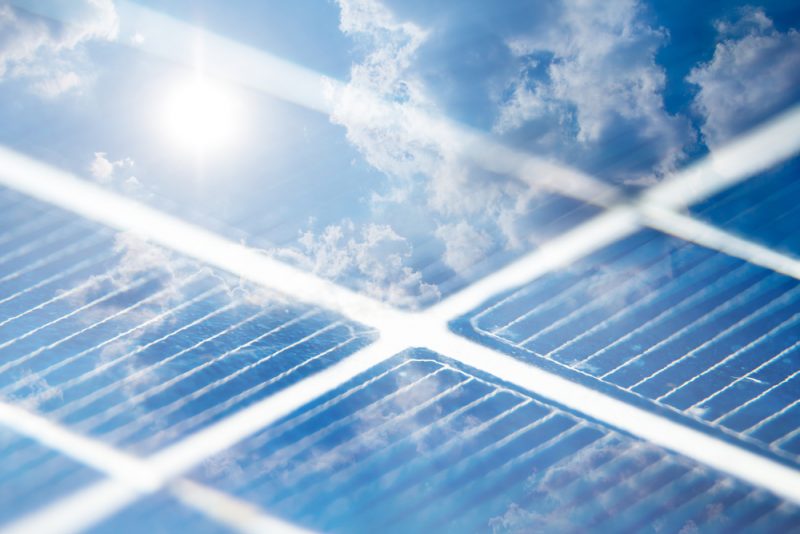Commercial operations start at FPL’s four new solar plants

Florida Power and Light (FPL) expanded its solar generating capacity this week as four new solar plants began official commercial operations on Jan. 31.
The new solar plants generate nearly 300 megawatts (MW) of combined generating capacity and bring FPL’s overall solar capacity to 1,250 MW. FPL already has 14 other solar plants currently operating, along with hundreds of smaller solar installations.
The new plants are the Interstate Solar Energy Center in St. Lucie County; the Miami-Dade Solar Energy Center in Miami-Dade County; the Pioneer Trail Solar Energy Center in Volusia County; and the Sunshine Gateway Solar Energy Center in Columbia County. Each plant has a generating capacity of 74.5 MW.
“These solar plants are the latest tangible evidence of our unparalleled commitment to investing in clean energy technologies for Florida affordability — a strategy that has already dramatically reduced emissions and produced billions of dollars in savings for Floridians,” FPL president and chief executive officer Eric Silagy said.
The new additional solar plants align with FPL’s efforts to expand its solar capacity. Just last week, FPL said its solar assets generated their highest amount of energy ever on Jan. 25, when they generated more than 1,000 MW, enough electricity to power about 200,000 Florida homes.
FPL generated 10 times more solar energy in 2018 than it did in 2016.
And on Jan. 16, FPL unveiled plans to install an additional 30 million solar panels across the state by 2030, which would translate into more than 100 new solar plants and approximately 11,000 MW of installed solar capacity. As part of the utility’s “30-by-30” solar initiative, FPL has secured solar sites throughout the state.
FPL projects that by 2030, the company will see a 67 percent fleet-wide reduction in its CO2 emissions rate as compared to the national average.
The 30-by-30 plan also includes investing in advanced battery storage technology that would enable FPL to generate power from its solar assets at all times of the day.
The company stated earlier this month that FPL and its sister company, NextEra Energy Resources, are the world’s largest producers of solar and wind energy and when the 30-by-30 plan is completed, FPL expects to be the largest utility owner and operator of solar in the United States.
FPL’s plans to ramp up its solar capacity are part of the utility’s wider efforts to grow its renewable energy portfolio. The company spent $3 billion in recent years to upgrade its nuclear units Turkey Point and Saint Lucie, which added more than 500 MW of emissions-free generating capacity.
The utility is also ramping up its natural gas-fired capacity through the new Okeechobee Clean Energy Center, which will come online later this year, and the Dania Beach Clean Energy Center, which will be operational in 2022.
As FPL is adding more renewable energy capacity, it is divesting its coal-fired capacity. The company plans to shut down its last coal plant sometime this year, after shutting down its two Jacksonville coal plants in 2016 and 2018.
